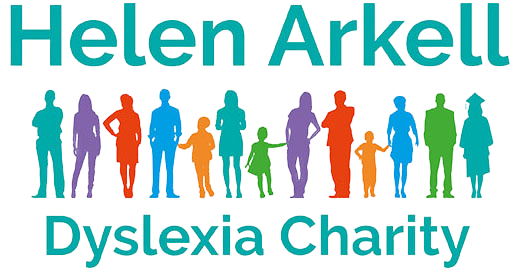Reading
Reading is often a difficult and tiring process for children with dyslexia, so here are some ways of supporting your child…
Strategies for listening to your child read
Pause, prompt, praise
When you child makes a reading error or is unsure of a word…
Pause
Pause for 3-5 seconds. This gives your child a chance to try to read the word themselves.
Prompt
Try using one of these prompts:
‘You read [this word]. Does that make sense?’
You read [this word]. Does that look right?
‘Say the sounds in the word and blend them together’
‘Let’s say the sounds together’
If the prompt does not help your child to read the word correctly, say the whole word for them. Then, reread the whole sentence.
Praise
Be specific with your praise…
‘Well done, you looked carefully at all the letters and worked out what the word was’
‘I liked the way you corrected your mistake so that it made sense’
‘You read that sentence right through without stopping, well done!’
Paired, or shared, reading
Paired or shared reading can be used for:
- a pre-school child who shows signs of wanting and being ready to learn to read,
- a child who has started school but lacks confidence or some of the skills necessary for independent reading.
- older children whose reading is not yet fluent.
Just use the right books for your child’s level.
It aims to build confidence and NOT to focus on mistakes.
It’s best to do about 10 minutes a day.
There are two stages:
Stage 1 – Reading together
- Ask your child to choose a book (if your child is a non-reader it should be one they know; if they can read a little, it should be simple)
- Read aloud together, with you pointing to the words and reading fractionally ahead or alongside the child.
- If your child makes a mistake, say the correct word and ask your child to repeat the word before reading on.
Stage 2 – Independent reading
- Agree a sign such as a tap on the table.
- When your child wants to read alone, they give the sign, and you stop reading.
- If your child makes a mistake, join in, giving the correct word for the child to repeat and continue reading until your child gives the sign again.
Stage 3 – Discuss what you have read
- At various intervals, the adult asks the child questions about what they have been reading
- Ask simple, literal questions e.g. “How did Bob travel to London?”
- Ask more tricky inferential questions e.g. “How do you think Bob feels about being in London?”
- And try predictive questions e.g. “How do you think Bob will travel home?”
Reading high frequency words
High frequency words are a bank of about 100 words that are used frequently in texts. Being able to read the high frequency words automatically really improves children’s reading fluency. Here are some ideas for helping your child learn to read these words:
- Work on, at most, four words at any one time.
- On the first few occasions read the words to your child before asking them to read them.
- Talk about the look of the word, its shape and length and the exact sequence of letters. For example, good has four letters, a tail at the beginning, two round Os in the middle and a tall letter at the end.
- The words could be written on cards and your child asked to read them on sight.
- If they succeed, the card can go in an envelope/box; if they do not know the word, they should be told it immediately and the card put to the back of the pile to give another opportunity for it to be read correctly.
- Continue to revise words until they are known automatically.
- Make the words more memorable by:
adding an image that links the word to its meaning
adding an image that links the word to its meaning

Or place the word in a sentence and draw a picture to illustrate
I went to a football match

Games such as Pairs and Snap are excellent ways of encouraging children to read these words at speed.
Encouraging reluctant readers
It’s important to develop children’s interest in reading even when reading might be difficult for them. All reading is good reading!
You could try some of the following with your child…
- Audio books are a great way for a child to access books that they would otherwise find difficult to read. They can listen to stories and non-fiction being read by proficient readers. Listening to audio books helps to improve children’s knowledge of vocabulary, story structures, and curriculum content.
- Try reading eBooks. eBooks have the benefit of being able to change the print size and to reduce the number of words on the page. You can find free eBooks on Oxford Owl.
- Graphic novels, comics and magazines are also good sources of reading material which often appeal to reluctant readers
- Encourage your child to read for purpose. They could dip into non-fiction books which mix reading with hands-on activities or which appeal to your child’s specific interests.
- Continue to read to your child. Sharing a story is an enjoyable, shared experience which allows family time together and helps to develop a love of books.
Our Spotlight: There’s More Than One Way to Read a Book offers lots of ideas for encouraging children to read and enjoy stories.




